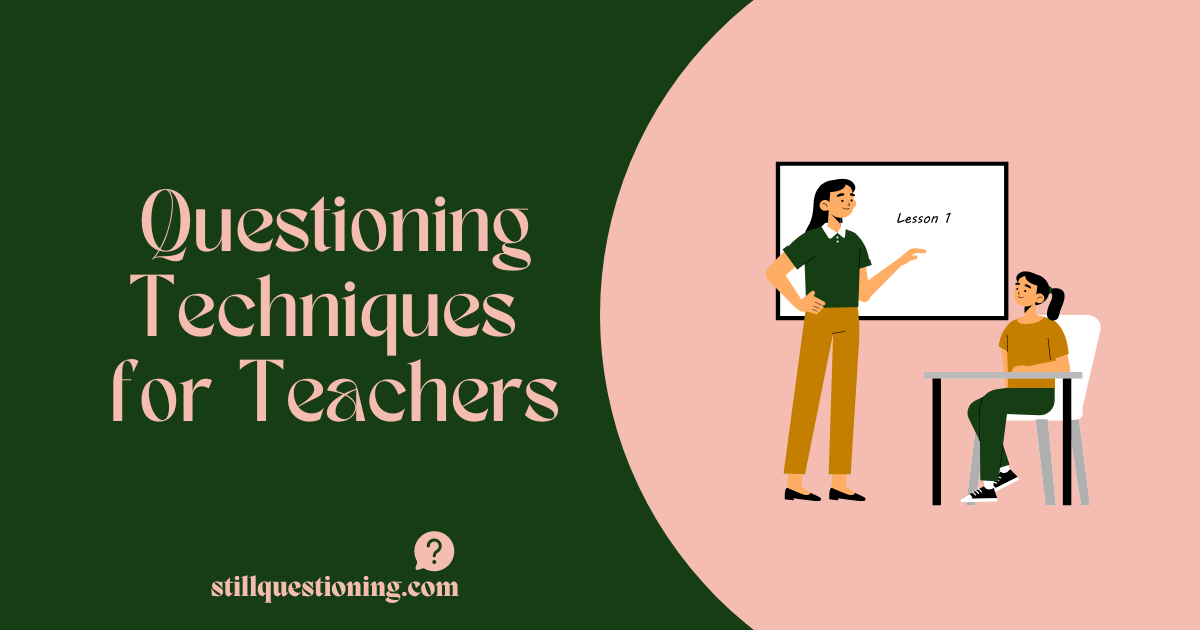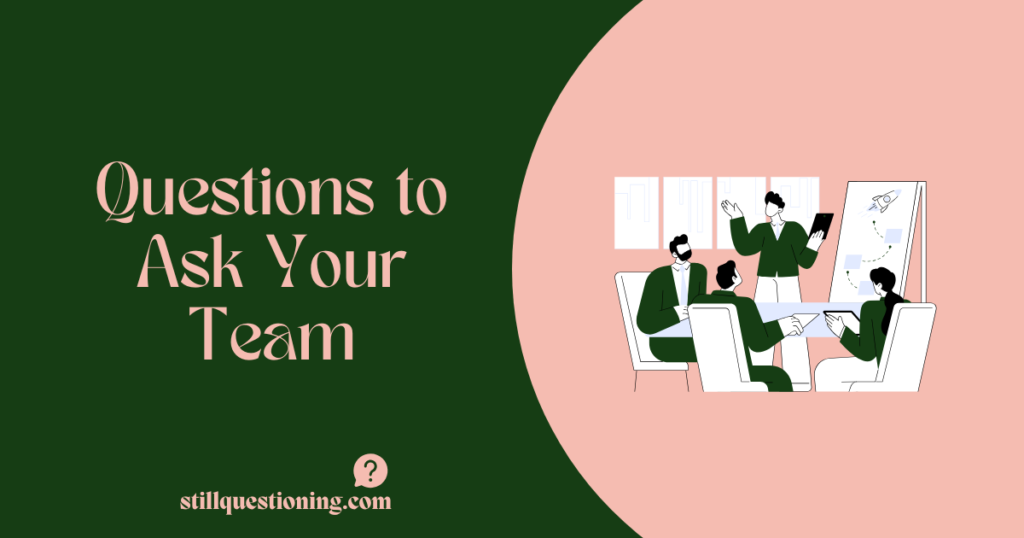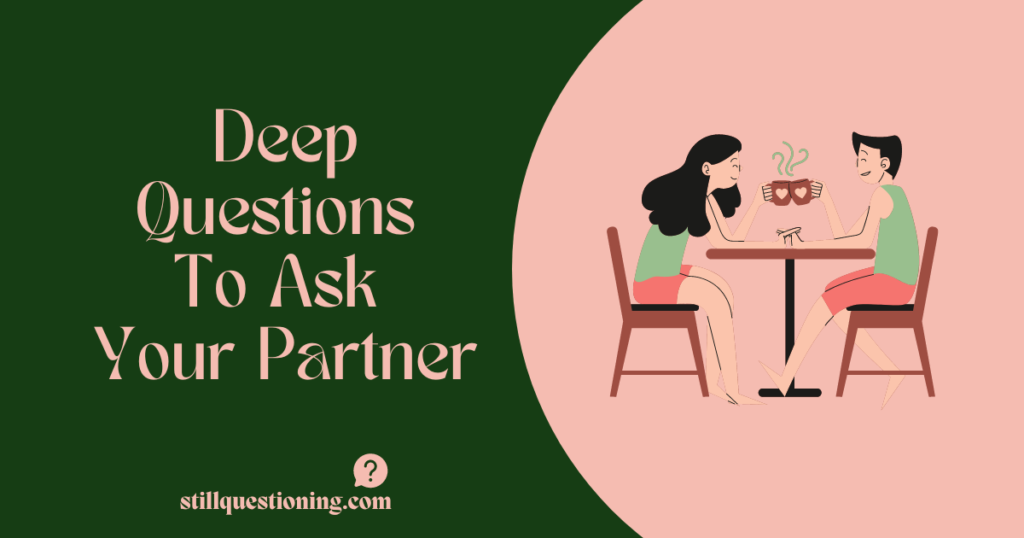Questioning – a skill so vital in the teaching world that it can turn a monotonous lecture into a rollercoaster of intellectual curiosity. Let’s embark on a journey to explore questioning techniques for teachers. Fasten your seatbelts, educators; we’re in for a fun ride!
Table of Contents
Why Questioning Is the Teacher’s Powerful Tool
Remember those days when you sat in a class, staring blankly at the clock, counting each agonizing tick? The teacher droned on, and you wondered if you had accidentally walked into a seminar on “How to Watch Paint Dry.” Now, flip the script. Enter the world of dynamic questioning, where every query is a key unlocking the treasure troves of young minds.
Questioning is not just about assessing understanding; it’s about sparking curiosity, fostering engagement, and sometimes, just keeping everyone awake. So, let’s dive into the various techniques that can transform your classroom from a snooze fest into a buzzing hive of activity.

The Different Flavors of Questions – Questioning Techniques for Teachers
Open-Ended vs. Closed-Ended: The Eternal Battle
- Open-Ended Questions: These are the wild cards of the questioning world. They’re like opening a mystery box – you never know what you’re going to get. Examples include, “What do you think caused the Civil War?” or “How would you solve this math problem?” Prepare for a range of answers, from the surprisingly profound to the hilariously offbeat.
- Closed-Ended Questions: These are the straight shooters. They’re looking for specific information, and there’s usually a right or wrong answer. Think, “What is the capital of France?” or “Is a square a rectangle?” They’re great for quick checks, but don’t expect a philosophical debate to break out.
Bloom’s Taxonomy: Climbing the Thinking Ladder
- Remembering and Understanding: These questions are like the base camp of Bloom’s Mountain. They involve recalling facts or explaining ideas. For example, “What’s the formula for the area of a circle?” or “Describe the water cycle.”
- Applying and Analyzing: Moving up the ladder, these questions require students to use information in new situations or break down concepts. Try, “How would you use this math formula in real life?” or “Analyze the character’s motives in the story.”
- Evaluating and Creating: At the summit, these questions demand judgment and original thinking. Pose challenges like, “How would you improve this design?” or “Compose a short story using these vocabulary words.”
Socratic Seminars: The Art of Group Puzzlement
Picture this: a circle of students eagerly leaning in, discussing and debating. The Socratic seminar is a beautiful chaos of thoughts, with questions like, “What do you think the author meant by this?” or “Do you agree with this character’s decision?” It’s less of a Q&A and more of a collective brain exercise.

The Secret Sauce: Timing and Tone – Questioning Techniques for Teachers
When to Ask: It’s All About the Timing
- Beginning of the Lesson: Hook them in! Start with a thought-provoking question to pique interest. For example, “Have you ever wondered how a plane stays in the air?”
- During the Lesson: Keep the momentum going. Use questions to check understanding and encourage deeper thinking. “Why do you think this event happened?”
- End of the Lesson: Time to reflect. Ask questions that consolidate learning or connect to broader themes. “What was the most important thing you learned today?”
How to Ask: It’s Not What You Say, But How You Say It
- Be the Curious Cat: Show genuine interest. Your enthusiasm can be infectious. Instead of a monotone delivery, try, “I’m really curious to hear your thoughts on this!”
- Encourage Risk-Taking: Make the classroom a safe space for wild guesses and half-baked ideas. Celebrate creative attempts with responses like, “That’s an interesting perspective; tell me more.”
Related Articles:
- 5+ Key Benefits of Learning by Questions
- Questioning Techniques
- Open and Closed Questions
- Questions for Higher-Order Thinking
- What Is a Double-Barreled Question?
- Example Of A Rhetorical Question
- What Are Probing Questions?

Questioning Techniques for Teachers: Common Questioning Mistakes
- Rapid-Fire Questions: Slow down, cowboy. Give students time to think. A pause can be powerful.
- Leading Questions: These are sneaky. Avoid questions that nudge towards a specific answer. “Don’t you think this is the best method?” is a no-go.
- Overuse of Yes/No Questions: This isn’t a courtroom drama. Encourage elaboration, not just head nods or shrugs.
FAQs
What are some effective open-ended questions to ask in a history class?
In a history class, open-ended questions can really bring the past to life. Try questions like, “How do you think people of that era felt about this event?” or “What could have been done differently in this historical situation?” These types of questions encourage students to think critically and empathetically about historical events.
How can I use questioning to improve student participation?
To boost participation, mix up your questioning styles. Use a combination of open-ended and closed-ended questions. You can also try the “Think-Pair-Share” technique, where students first think about the question individually and then discuss it with a partner before sharing it with the class. This approach gives all students a chance to formulate their thoughts and contributes to a more inclusive classroom environment.
Can questioning techniques help students with different learning styles?
Absolutely! Questioning techniques are incredibly versatile and can be tailored to suit various learning styles. For visual learners, you could use diagrams or images as a basis for your questions. For auditory learners, try discussions or debates. Kinesthetic learners could benefit from role-playing or physical activities related to the question at hand.
How do I handle students who give incorrect answers?
It’s important to create a classroom environment where it’s okay to make mistakes. When a student gives an incorrect answer, respond with encouragement. You could say something like, “That’s an interesting idea, but let’s explore other possibilities.” This approach keeps the student engaged and willing to continue participating.
Is there a tool I can use to generate interesting question ideas?
Yes! For a bit of tech-savvy assistance, try using a word cloud generator tool like AhaSlides. It can help you brainstorm and visualize key concepts related to your lesson. Input your lesson topic, and the tool can generate a word cloud from which you can derive creative and engaging questions. It’s a subtle yet effective way to freshen up your questioning techniques.
How can I measure the effectiveness of my questioning techniques?
You can measure the effectiveness by observing student engagement and participation levels. Additionally, you can ask for student feedback on your questioning methods or conduct a self-assessment after each lesson to reflect on what worked and what could be improved.
Are there any specific questioning techniques for STEM subjects?
In STEM subjects, focus on problem-solving and critical thinking questions. For example, in a math class, instead of simply asking for the solution to a problem, you could ask, “What strategy could we use to solve this problem and why?” This type of questioning encourages students to think about the process, not just the answer.
Conclusion:
As we wrap up our questioning quest, remember the goal is to keep students on their toes, thinking, and engaged. Experiment with different types of questions, play around with timing and tone and watch as your classroom transforms into a buzzing hub of inquiry and imagination.
Questioning in teaching is less about having all the answers and more about igniting the spark of curiosity. So go ahead, ask away, and watch as the magic unfolds in those “Aha!” moments.
Remember, every great conversation starts with a question. So, still questioning and staying curious!





